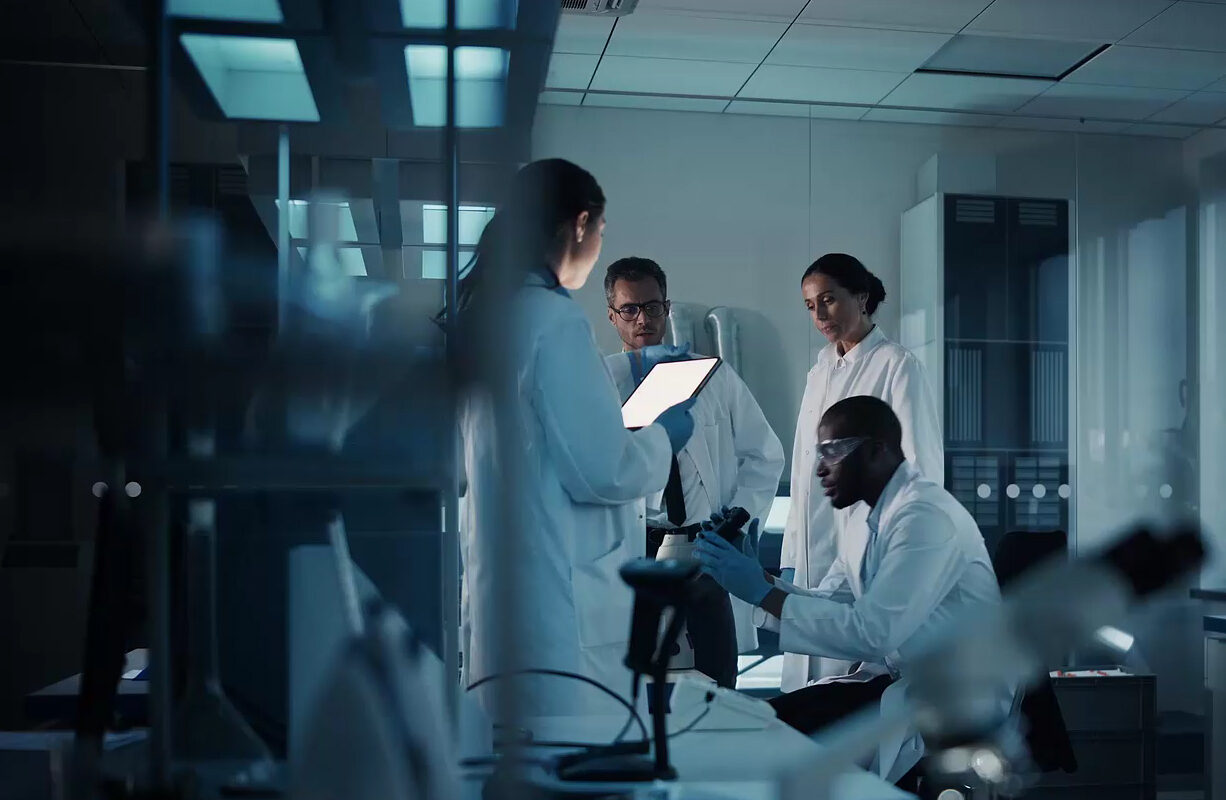Chemical analysis of PFAS in packaging materials
Your needs: carry out chemical analysis of PFAS in your packaging materials
PFAS and packaging
As of August 12, 2026, packaging containing PFAS concentrations exceeding the limits set out in Article 5 of the PPWR will be banned in France and the European Union. This measure aims to limit exposure to these persistent and potentially harmful chemicals.
The FILAB laboratory carries out chemical analysis of PFAS in packaging materials
Our chemical analysis services for PFAS in packaging materials
Analysis of PFAS in packaging
Global chemical analysis of fluorinated packaging
Our technical means for the analysis of PFAS in packaging materials
What are PFAS?
Per- and polyfluoroalkyl substances, or PFAS, are chemical compounds with non-stick, waterproofing, and heat-resistant properties.
They are widely used in various industrial sectors and products, such as pharmaceuticals (APIs, solvents, excipients), food packaging, non-stick coatings, cosmetics, and more.
Why analyze PFAS in your packaging?

Per- and polyfluoroalkyl substances (PFAS) are currently at the center of regulatory and environmental concerns. Used for their non-stick, hydrophobic, and grease-resistant properties, they are present in numerous packaging materials (cosmetics, pharmaceuticals, industrial, etc.).
However, their persistent nature and potential impact on health and the environment require rigorous control of their presence.
Manufacturers face several challenges:
- Regulatory compliance (REACH restrictions, FDA requirements, PPWR),
- Consumer health safety,
- Controlling the value chain and anticipating customer demands,
- Developing more environmentally friendly alternative solutions.
FAQ
- Definition: PFAS (per- and polyfluoroalkyl substances) are a large family of thousands of synthetic chemical compounds. They are often nicknamed "forever pollutants" due to the strength of their carbon-fluorine bonds, which make them extremely resistant to degradation in the environment and the human body.
- Use in packaging: they are added to paper, cardboard, and molded plant fiber packaging (such as fast food boxes, popcorn bags, and some food wrappers) to give them essential properties:
- Grease and oil resistance (grease repellent).
- Water repellency (water repellent).
The most common and accurate analytical method for quantifying PFAS in various matrices is liquid chromatography-tandem mass spectrometry (LC-MS/MS).
It allows the isolation (liquid chromatography) and identification/quantification (mass spectrometry) of a large number of specific PFAS molecules (up to 30 compounds or more) at very low concentrations.
The most historically monitored and restricted PFAS are long-chain PFAS such as:
- PFOS (perfluorooctanesulfonic acid)
- PFOA (perfluorooctanoic acid)
- PFNA (perfluorononanoic acid)
- PFHxS (perfluorohexanesulfonic acid)
European legislation is becoming stricter for packaging. Upcoming ban: the European Regulation on Packaging and Packaging Waste (PPWR) plans to ban the use of PFAS in food contact packaging from August 12, 2026, if concentrations exceed established limits.








